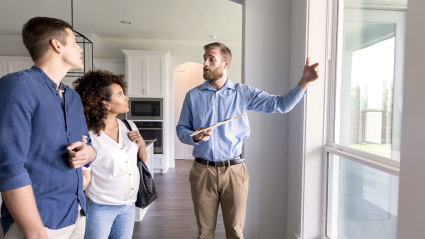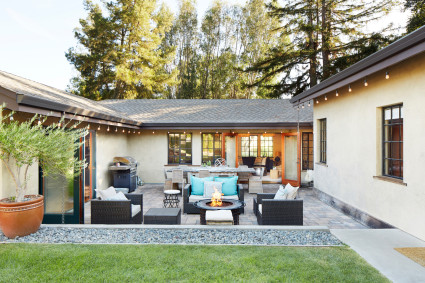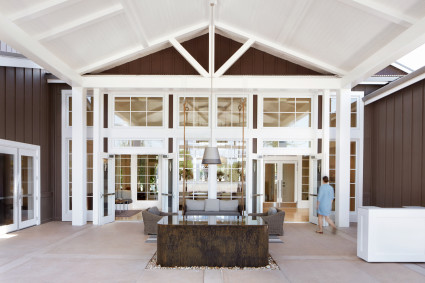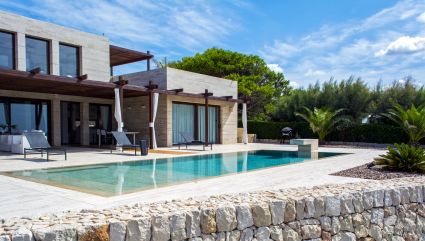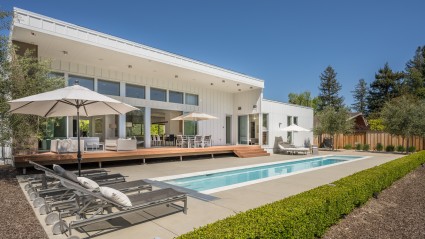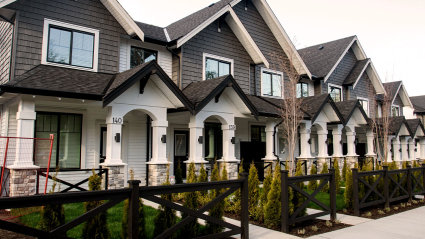Menu
How much do second homes really cost?
The median U.S. home price is $389,500. However, the sales price of your second home is just the first expense in your “business” as a second home owner. To truly understand the financial responsibilities of second home ownership, be sure to budget for:- Property taxes
- Utilities
- Repairs
- Homeowners Insurance
- Property maintenance
- HOA fees (if required)
- Furnishings/household necessities
- A property manager (if needed)
How will you use the property?
Most people invest in second homes for one of three investment purposes:- A personal vacation asset to hold for later resale
- A short-term rental property for a variable income stream
- A long-term rental property for a sustained income stream
1. Personal vacation asset for later resale
If you’re buying a home as an investment but have no intention of renting it out, your purchase falls under this category.| Pros | Cons |
| Allows you to enjoy your second home whenever you want | Provides no active income streams |
| May not require a property manager | Requires higher insurance rates because it's not a primary residence |
| Avoids hassles and damage from renters | May require paid services for lawn care and snow removal |
| Easier to finance than a rental property |
2. Short-term rental
Renting out a second home to short-term tenants has grown in popularity. Here’s what you need to know about doing the same with your property.| Pros | Cons |
| Can use it as a personal vacation home | More expensive in popular destinations |
| Generates an income stream to help defray mortgage and maintenance costs | Must be furnished and decorated upfront |
| Undergoes frequent maintenance and cleaning for guests, helping it maintain value | Requires you to maintain an active listing on a short-term rental site |
| Positions you as the responsible party for guest problems, complaints, etc. | |
| May not be allowed under HOA regulations or local laws | |
| May not provide consistent income if reservations fluctuate | |
| May require a business insurance policy in addition to higher insurance rates |
3. Long-term rental
Long-term rentals are like the “set it and forget it” option of the real estate world, but you still need to be prepared for the investment.| Pros | Cons |
| Provides a reasonably consistent income stream | May not be as lucrative as a short-term rental |
| Requires less work than a short-term rental | Puts more wear and tear on the house than short-term rentals |
| Allows you to vet home occupants before renting to them | May create additional hassle if renters don't pay |
| Doesn’t require furnishing, decorating or household items | May sit vacant for long periods without viable rental applicants |
What are the mortgage and tax differences between types of properties?
When considering investing in a second home, you can expect higher interest rates, down payments and credit score requirements on a mortgage for investment properties compared to primary and second homes.The criteria lenders use to determine taxable rental income and tax benefits for second homes are often similar to those the IRS and tax professionals use. Tax benefits for investment properties include deductions for rental expenses, depreciation and losses.The following general rules apply:A second home:- Must be occupied by the owner for 14 days or more each year
- Cannot be used as a rental property for more than 180 days each year
- Must be located at least 50 miles from the owner’s primary home
- Is used by the owner(s) fewer than 14 days each year
- May be used as a rental property for any period
- May be within 50 miles of your primary residence
Will I get a good return on my investment?
To determine how much you’ll make from renting out a second home — and when you can expect a return on your investment — you will want to research the average rent occupancy rates and real estate appreciation in the area where you’re looking to buy. Factor all the above in, along with an emergency fund to pay for unexpected maintenance and mortgage payments (for months with no renters) and a budget for property management, if needed. If you’re aiming for future resale, create a timeline and budget for property improvements to increase the home’s resale value. Once you’ve calculated the costs, weighed all the pros and cons, and decided on the best way to use your property, you should know if a second home “business” is a smart investment for you.
Co-ownership option
If buying a second home for investment purposes sounds like too much of a hassle, consider becoming a co-owner of a turnkey and fully managed vacation home with Pacaso. Own a share of a home, starting at 1/8, and enjoy it several times throughout the year while saving on the total cost of ownership. Plus, Pacaso takes care of the maintenance, taxes and bill payment responsibilities so you can focus on enjoying your second home. It's not a timeshare — you can sell your portion of ownership on the Pacaso marketplace if you decide later to move on. DISCLAIMER: This content is published solely for informational purposes and it is not intended to be investment advice. You should consult with an appropriate professional for specific advice tailored to your situation.Buying a second home for investment FAQ
01: Is a second home considered an investment property?
How you use your second home will determine if it’s considered an investment property. Generally, a second home is one that you own in addition to your primary residence, and you will often use it for personal enjoyment, vacations or as a seasonal residence.
Renting out your second home to generate income may be categorized as an investment property.
02: Is buying a second home a good investment?
Whether buying a second home is a good investment depends on various factors, including your financial goals, the intended use of the property and market conditions.
If the property appreciates and generates rental income, it can be a sound investment. But always carefully consider the costs, potential risks and your personal financial circumstances.
03: Which is better for taxes: A second home or investment property?
Since an investment home is considered a business, it is eligible for many tax breaks, like deducting operating expenses. A second home is also eligible for certain tax breaks, but the owner must meet specific usage criteria, like renting it out for less than 180 days per year.
04: What is the 2% rule in real estate?
The 2% rule helps landlords determine how much they should charge for rent. The rule states that the monthly rent for the property should equal 2% of the purchase price at the very least.
05: What is the 70% rule in house flipping?
The 70% rule in house flipping, also known as the golden rule, helps buyers decide how much they should pay. The rule says that a house flipper should not offer more than 70% of the home’s after-repair value to buy the house. This figure should account for the estimated cost of repairs.

